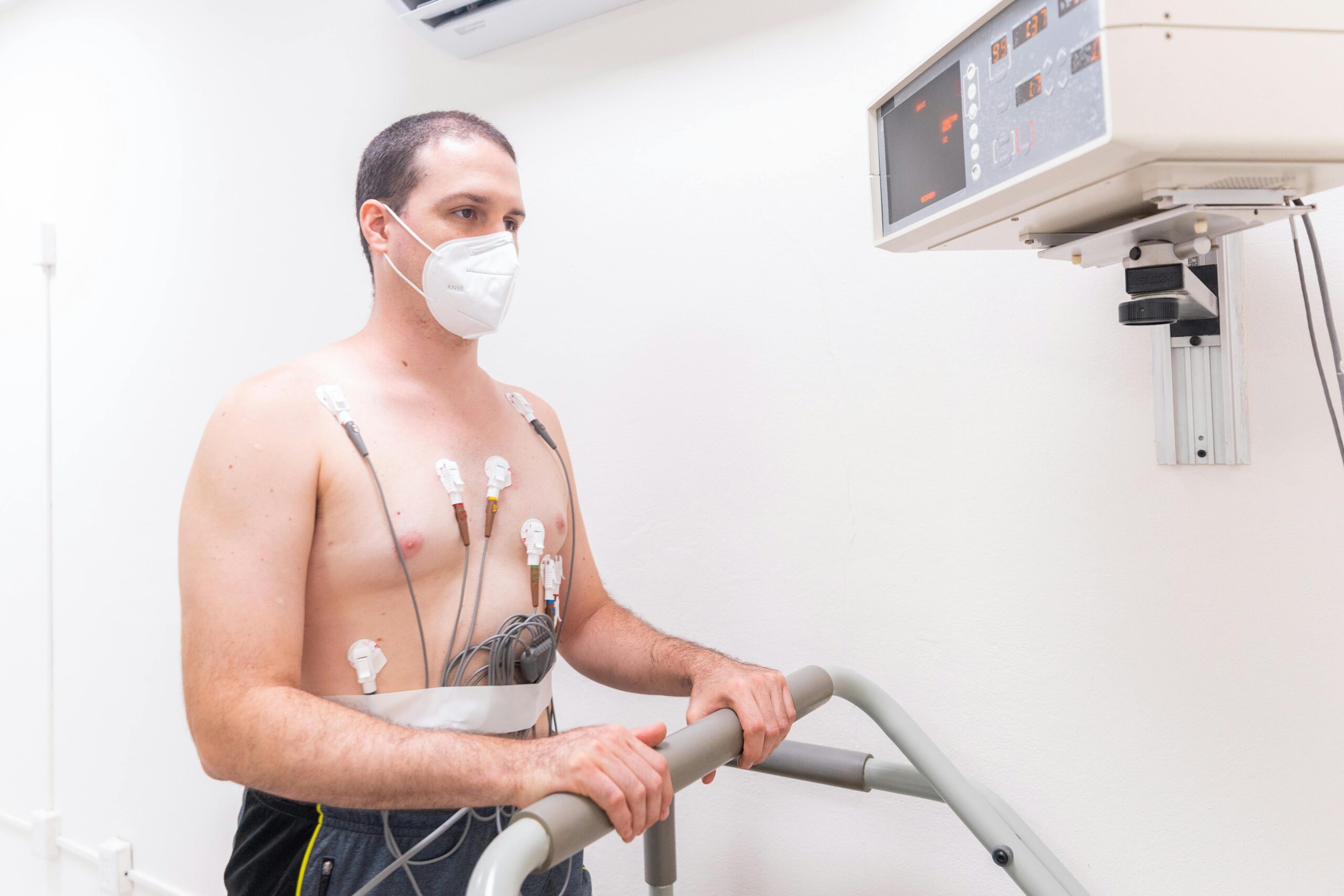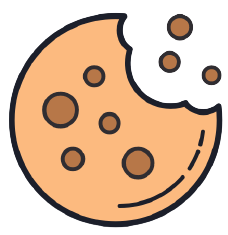A wave of unexplained kidney damage in young men with no diabetes or high blood pressure is worrying Indian doctors.
MYSTERY WITH OLD ROOTS:
“We call it Uddhanam nephropathy.” We didn’t know what caused the disease. Patients had neither swollen feet or hands, nor a history of elevated protein levels in urine. We knew there was something similar happening in the bucolic farming villages of Europe’s Balkan Peninsula. Scientists there found birthwort, a plant with a reedy stem growing thick in the fields, compounds of which (called artistolochic acids) were the cause of a severe kidney disease, besides cancer.” In Andhra Pradesh, no such toxin was found. Soon, doctors from coastal and agricultural pockets of Odisha, Goa, and Maharashtra reported similar trends.
CLIMATE CHANGE TRIGGER:
As climate change drives up temperatures, preliminary studies suggest that extreme heat and resulting dehydration could be putting more people at risk. “Frequent dehydration forces the kidneys to work harder under stressful conditions. This strain can lead to a gradual, irreversible decline in kidney function.” Recommending at least six to eight glasses of water (1.5 to 2 liters) daily. “If there’s loss of more fluids due to direct sun exposure, then it must be replenished. The elderly and kids can be affected too. “Frequent and adequate water breaks are very important, saying that toxic pesticides and heavy metals seeping into ground water may also play a role.
Too much salt intake — mostly from processed foods — could also be a reason. Excess sodium can damage the lining of blood vessels, even in people who don’t develop high blood pressure (BP). “Not all hypertension is salt-sensitive. “In some people, increased salt intake produces more nitrous oxide in blood vessels. The BP does not rise, but the salt damages blood vessels. Disruptions can threaten life-sustaining filtration functions.”
Salt, however, does not just come from food. Groundwater, used in most parts of India as drinking water, has the risk of high salt and metal content, likely caused by pesticides or other industrial pollution. “Kidneys are particularly vulnerable as they are the primary organs that filter these toxins from blood.
Nephrologists say the number of patients with kidney failure is also on the rise.
DANGERS OF OVERLOOKED DIABETES:
Doctors must be careful against overusing the ‘unknown origin’ label.
“Most people are unaware of their diabetes status, and diabetic nephropathy is among the leading causes of kidney disease.” To address this, kidney specialists, epidemiologists, and geneticists have developed a simple way to diagnose kidney disease using a tiered approach similar to a US model.
The suspected stage is based on basic criteria, the second stage involves more detailed tests. The final stage requires advanced diagnostic tools like ultrasounds and kidney biopsies to confirm diagnosis with high certainty.
WHAT COULD BE CAUSING IT:
- Heat stress and dehydration from strenuous work in hot weather.
- Drinking groundwater with heavy metals (arsenic, lead), excess fluoride, and salt.
- High-sodium diets can damage blood vessels, kidney.
- Exposure to pesticides, herbicides, and fertilizers.
- Toxins from moldy food, a few herbal medicines, and infections.
- Genetic bent for kidney disease.
WHY IT’S WORRYING:
- Silent onset. Little or no protein in urine, making it hard to detect with routine tests.
- Even in advanced stage, only general symptoms such as fatigue, weakness, and muscle cramps occur.
- Biopsies show shrunken kidney, damage to kidney tubules and surrounding tissue.





